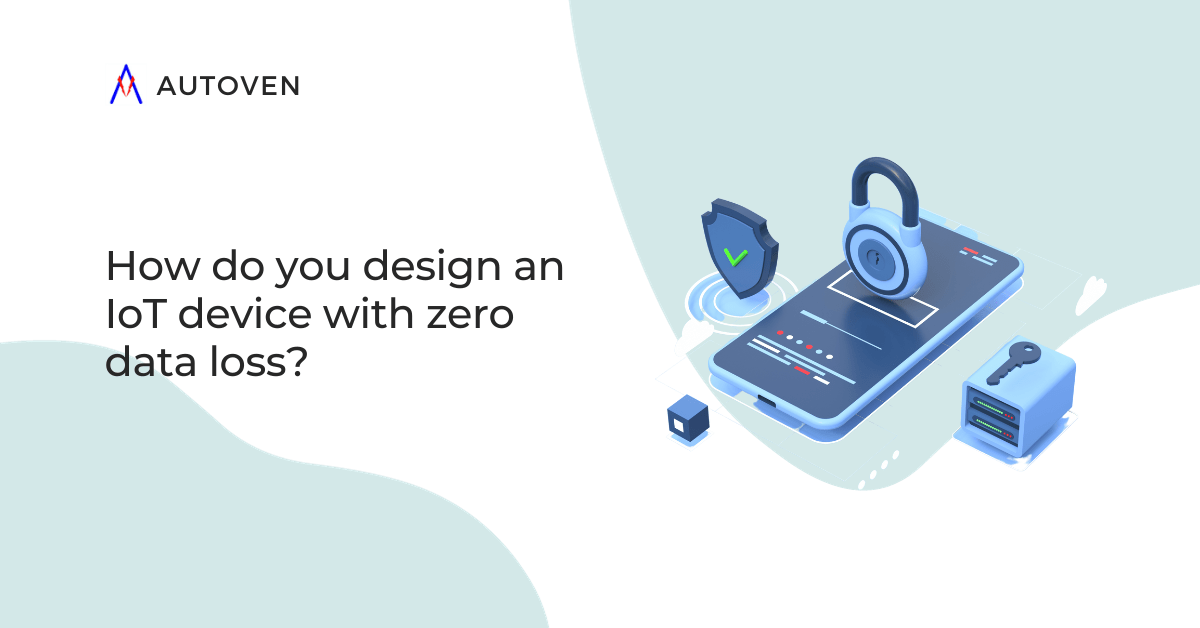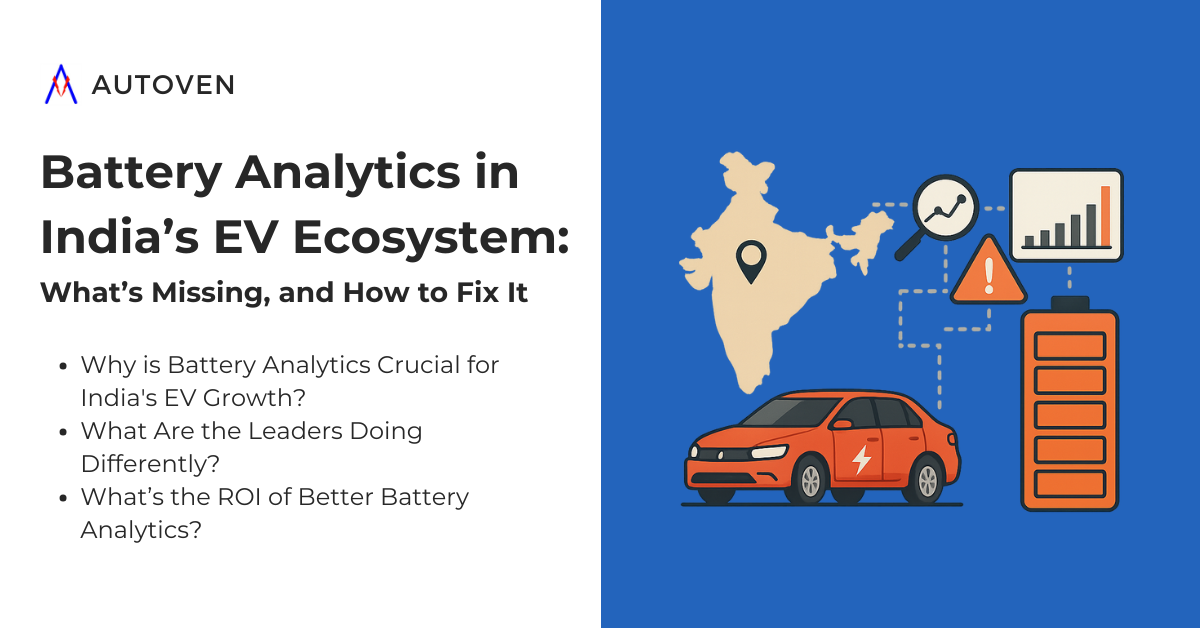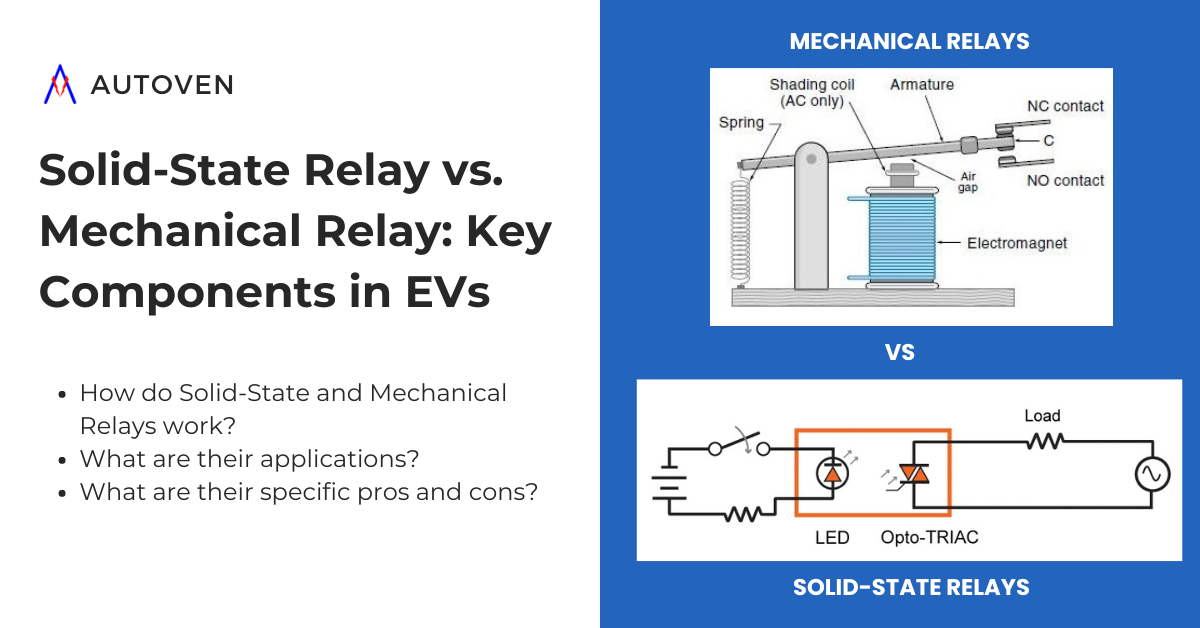The essence of technological development and its integration into human life is to either simplify human lives or empower lives to manipulate the environment. Think of your wearable device that displays information about your surroundings, movements, and health. Take an example of your house and the car linked to you so that you can access your garage door from your car or pre-set the temperature of your house and car before you step into them. The notion of mastering the environment around you to eliminate the inconvenience in your life is what drives tech advancements nowadays.

This is where Internet-of-Things (IoT) acts as a tool to connect and control your devices. It is a concept of connecting different devices using the internet protocol. Some devices, like cars and buses, are big and powerful, and some are small and smart, like watches and phones. IoT connects these devices to the user and with each other to reduce human efforts and improve the efficiency of these devices.
To simplify it, here’s a response from Bing’s AI explaining the concept of IoT such that a toddler would understand it: “Imagine that you have a toy car that can move by itself. You can use your smartphone to tell the car where to go, how fast to go, and when to stop. The car can also send you a message when it needs new batteries or is stuck somewhere. That is an example of IoT. The toy car and the smartphone are both things that can connect to the internet and communicate with each other. To know more about IoT and how to use it to make your Electric vehicles more efficient check out our blog on “How is an IoT solution helpful for the EV industry?”
Understanding the importance of zero data loss in an IoT device
Where there’s the internet, there’s data, and where there’s data, there’s a need for good data loss prevention measures. When designing an IoT device, it is crucial to consider the potential risks of data loss. The impact of data loss cannot be overstated, as it can lead to downtime, reduced productivity, and significant financial losses. All of these indirectly also tarnish the reputation of a business.
Designing a reliable IoT device with zero data loss gives the user and servers real-time access to accurate data and allows for better decision-making, enabling businesses to respond swiftly to changes. This can give your business a competitive edge and drive its growth. Moreover, increased customer satisfaction is another advantage of a system with zero data loss. When customers can rely on a system to deliver accurate data consistently, they are more likely to trust it, leading to greater loyalty and retention.
Meanwhile, one should not confuse data loss with a data breach; here, we are focussing on the data loss that may occur during transmission from an IoT device to the server, which may lead to inconsistency in data and can also be catastrophic when the data is related to safety-critical systems. For example, the loss of a data packet from a vehicle that contains an over-voltage fault alert or a crash alert may be lost and prove to be catastrophic.
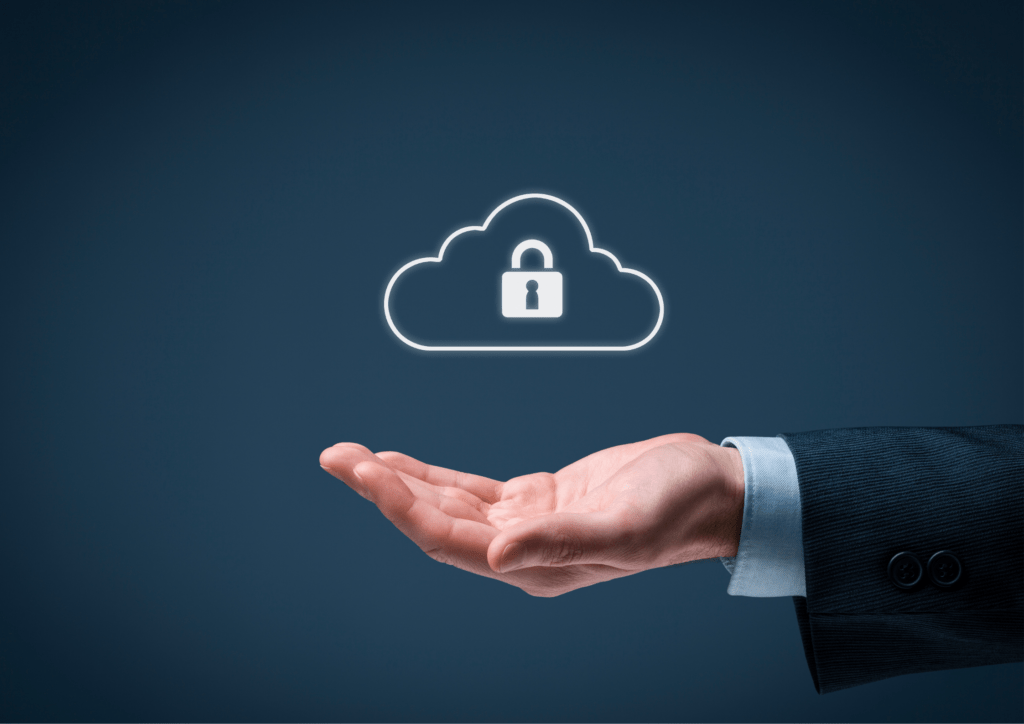
To avoid data loss in an IoT device, it’s crucial to identify and mitigate the major reasons causing data loss, including network disruptions, hardware failures, and inadequate data backup processes. By proactively addressing these risks, one can ensure that their IoT device operates optimally and delivers data timely, consistently, and accurately.
Inadequate network connectivity is a leading cause of data loss in IoT devices. Fluctuations in network strength or connectivity issues can lead to lost packets and incomplete data sets, resulting in inaccuracies. Furthermore, hardware and software malfunctions can also cause data loss. This can include firmware bugs, hardware failures, and memory leaks. Another significant cause of data loss is power outages. Power interruptions can occur for various reasons, such as natural disasters or equipment malfunctions. In such cases, it’s essential to have backup power sources in place to ensure continuity of data flow and operation.
By addressing these major causes of data loss and implementing effective risk mitigation strategies, businesses can ensure that their IoT systems are reliable and efficient and provide accurate data consistently.
Choosing the right hardware and developing efficient software for your IoT device
Investing in top-of-the-line hardware without solid software is like buying an F1 car for a student driver – a recipe for disaster! You invest all your resources in getting the best hardware for your system, but if your software is not competent and tough enough, you might end up like HTC or Blackberry.
To design a good IoT device with next to null data loss, it’s important first to determine the specific data needs of the system. This involves identifying the types of data that will be collected, how frequently it will be collected, how it will be processed and stored, and at what rates the data will be transferred to the server on the cloud. This information will determine the system’s necessary hardware and software components. This includes selecting the right sensors, gateways, communication devices, and other devices to collect and transmit data accurately and efficiently. The hardware components should also withstand harsh environmental conditions, if necessary.
Also, as stated earlier, it is of greater importance to understand the needs of an IoT device and select the hardware based on those needs; for instance, select only those sensors or data-collecting devices that are of utmost importance; collecting data and not able to transmit it increases the load and eats up storage on your processing unit to collect and store this large data. Rather, all this processing power and storage can effectively focus on securing the data and its reliable transmission.
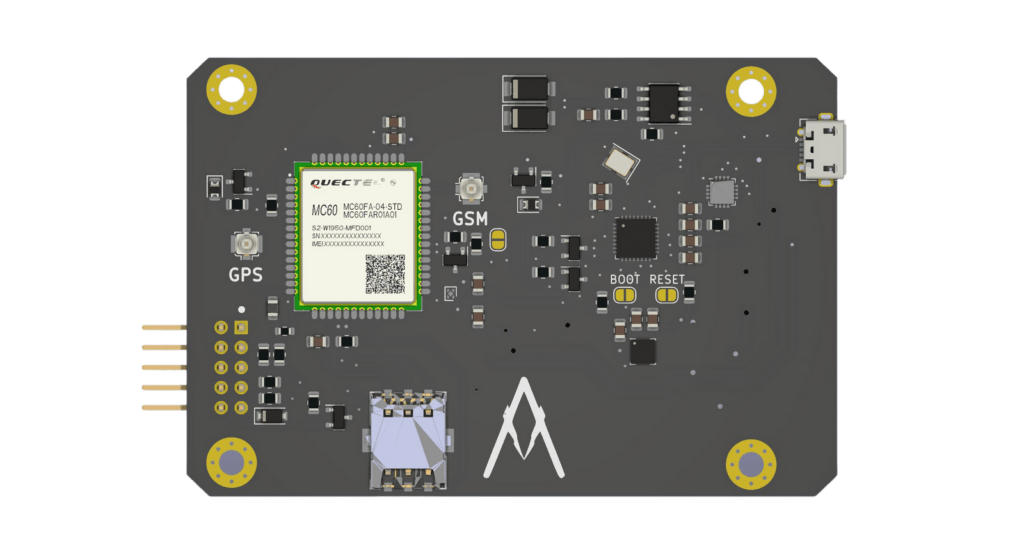
Additionally, selecting the right communication protocol, which has a feedback mechanism to know the state of data transmission and is lightweight enough to give minimum load on the device and the server, is important. Low storage space and limited processing power usually act as a bottleneck for your device when designing an embedded system. Hence, an embedded designer must consider the above considerations when developing these kinds of applications.
On the other hand, the software you develop must be reliable enough not to fail frequently and have proper error-handling edge conditions to avoid losing crucial data. While doing all this, striking the right balance of good hardware at the right cost is a priority when you want to put on a product in a highly competitive market controlled by Oriental companies offering the cheapest electronics alternatives.
Implementing a backup and recovery plan
A good backup system is like a spare tire. You never know when you’ll need it, but you’ll be glad it’s there when you do. Let’s say you develop reliable software that fails once in a blue moon and simultaneously find the right balance between selecting the right hardware at a competitive price. However, you can’t do much to prevent unforeseen connectivity issues or power outages in your system; thus, the best step to safeguard your devices from these situations is to implement a backup and recovery plan for the IoT device.
The easiest way of ensuring this is to store the data in the non-volatile memory of your system in case the system fails to transmit data so that when the connections or the power is backed up on the system, you can send the data to your server. Additionally, by regularly backing up your data, you can ensure that you can recover it in case of a system failure or other bugs and issues that may lead to data loss. It’s also important to regularly test the backup and recovery plan to ensure its effectiveness.
A Stitch in time saves nine!
A long and thorough testing period can help identify and resolve issues before they become more complex and costly; testing your product with the right testing permutations to test all the edge cases is necessary. It is even important to try and develop the conditions that are not in your control, for example, no connectivity and power outages.
Finally, keeping up with the latest best practices and technologies for designing and securing IoT devices is important. This includes staying up-to-date with industry standards and regulations and regularly assessing and updating the IoT device as needed.
Clutter slows you down; organization propels you forward. Be efficient, and stay organized.
At Autoven, we design our electronics solutions keeping all the points above in mind. Thus offering ≈99.5% data transmission accuracy. By considering all of the above suggestions, you can even have an efficient enough electronics solution. However, the motive was to create an effective IoT solution, right? So it becomes necessary to build a solid server architecture that will enable quick data processing and storage, making data accessible to the users in real-time and without any hassle.
Think of your bedroom space as a server and the things you keep in your room, like your books, watches, and clothes, as data. Would it be easy and fast to find a sock in your room if you keep it well organized, or will it be easier to find it in a messy room where everything is just lying around? Now, unless you have an eidetic memory, the first way is simpler, easier, and much faster. In the same way, you should always keep your data well-organized with elaborate and distinctive labels and organized based on its priority and the timestamps of creation.
Over ensuring all of this, in the case of IoT applications, where the data is usually generated in real-time and cannot be created or gathered again, it’s always suggested not to mend with the original copy of the data received from the node. It is suggested to only make alterations or changes to a copy of that data to keep the integrity of the raw data received from your IoT node.
What do you do with your wedding dress that you can no longer fit into or the books you no longer wish to read? You store them in the storeroom just in case you need them in the future; you don’t keep them in your closet where they would cause clutter or toss them out. Similarly, you should clean up your data regularly so that you don’t have to go through it all to locate something. Store the data that you won’t be utilizing regularly in another area.
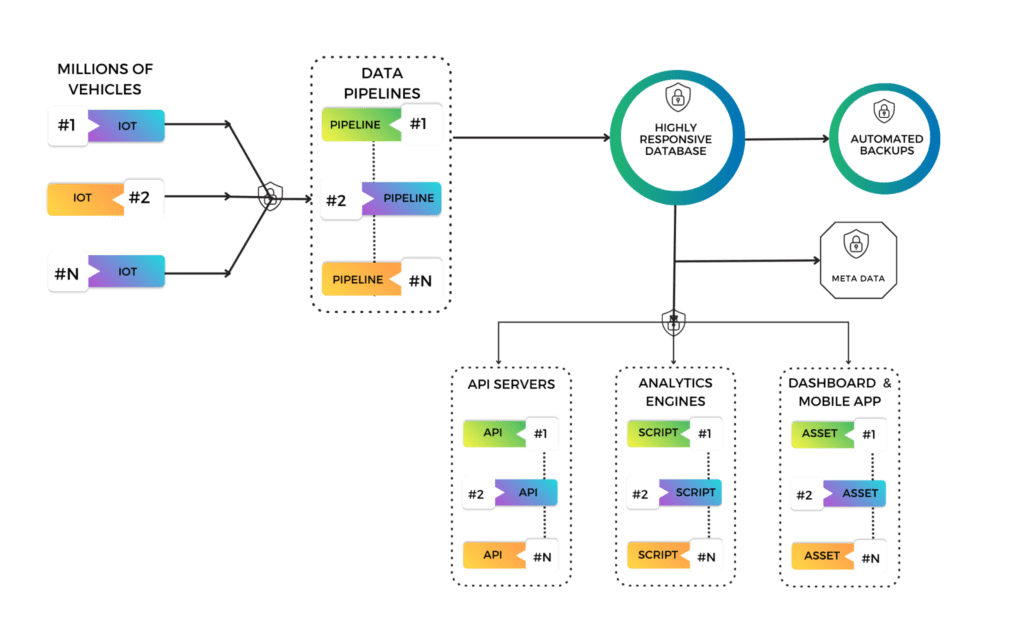
At Autoven, we have specially developed a highly scalable and snappy server keeping in mind the needs of our customers to provide them with a smooth experience. To know more about what Autoven has to offer for your electronics idea, Contact Us!
Conclusion
Thus, to use IoT as the tool it was intended and to effectively utilize its powers and simplify human lives, these systems must be highly efficient in terms of reliability, dependability, and accuracy, and to achieve this one major area from where the device must be safeguarded from is the data loss during transmission. Identifying and mitigating major causes of data loss, such as network disruptions, hardware failures, and inadequate backup processes, is crucial to ensure reliable and accurate data. Additionally, designing a good IoT device requires balancing hardware and software components, selecting the right sensors and communication protocol, and having a reliable backup system. By implementing these strategies, you can maximize the benefits of IoT while minimizing the risk of data loss and losing the accuracy of the result you are trying to achieve from that data.

